It may not be easy to spot or describe an Arts and Crafts garden at…
Windsor Great Park explained
Windsor Great park might be confusing at first glance and given what all is available in this magnificent park, it is not surprising. Great Park and Home Park, Frogmore House and Frogmore Cottage… Which one is which? What can you find in Windsor Great Park and where was the Sussex’s UK home then? In this post I am going to explain Windsor Great Park, its parts and what you can find there.
This map shows the main elements of Windsor Great Park.
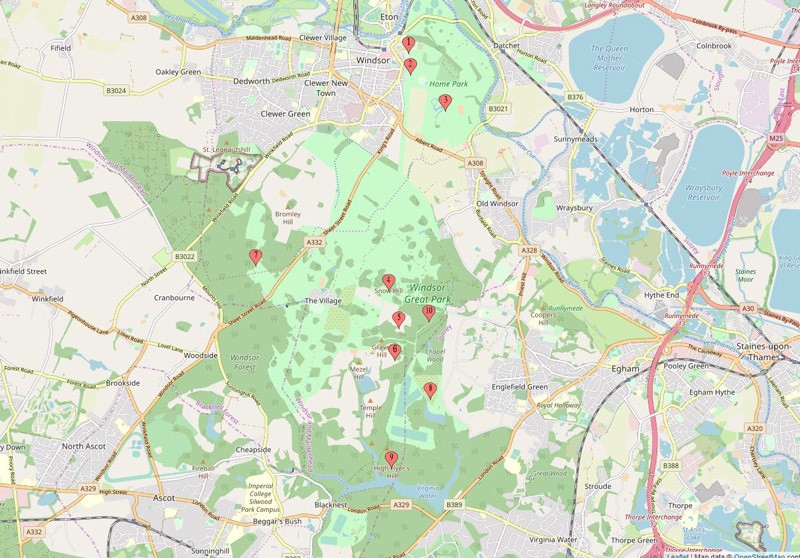
Home Park
Home Park (previously known as Little Park) is a 265 hectare (Ha) Crown Estate and is to be found on the Eastern side of Windsor Castle. Only one road separates it from Windsor Great Park. Technically it belongs to the Castle and there are many facilities in it: a golf course, a bowling green, cricket pitch, tennis court, grazing fields where cattle are grazing. Then you have Adelaide Cottage built by John Nash and of course the Frogmore Estate with the famous Frogmore House and the even more famous Frogmore Cottage where – little Archie was looked after by the Sussex’s. Home Park is where the Long Walk and the Deer Park begins.
Adelaide Cottage
The picturesque cottage was built in 1831 for King William IV’s wife, the charitable and much adored Queen Adelaide. Queen Victoria loved to have tea at the cottage in the mornings. Later Peter Townsend lived here, who was supposed to have a love relationship with Her Majesty’s sister Princess Margaret.

Long Walk and Deer Park
The Long Walk starts at Windsor Castle and ends at Snow Hill where you will find the famous Copper Horse Statue of King George III. The Long Walk was built by King Charles II who after his visit to Versailles considered building a similar park and garden at Windsor Castle. A double row of elm trees were planted and 1652 trees were used on the 3 mile long walk. The original trees lasted until the Second World War when they had to be replaced. Oak, chestnut and sycamore trees were planted as the soil was not suitable for elm trees. Queen Anne added a drive in the middle of the Long Walk as she enjoyed having carriage rides.
In the past, castles used to be surrounded by woodland and parkland so that the kings and aristocrats could pursue hunting and supply the castle with game. Windsor Castle was surrounded by Windsor Forest. During the centuries though as a result of landscaping the forest was remodelled around the Castle and at one point deer disappeared. Prince Philip reintroduced them in 1979 and currently around 500 deer live in the Deer Park.
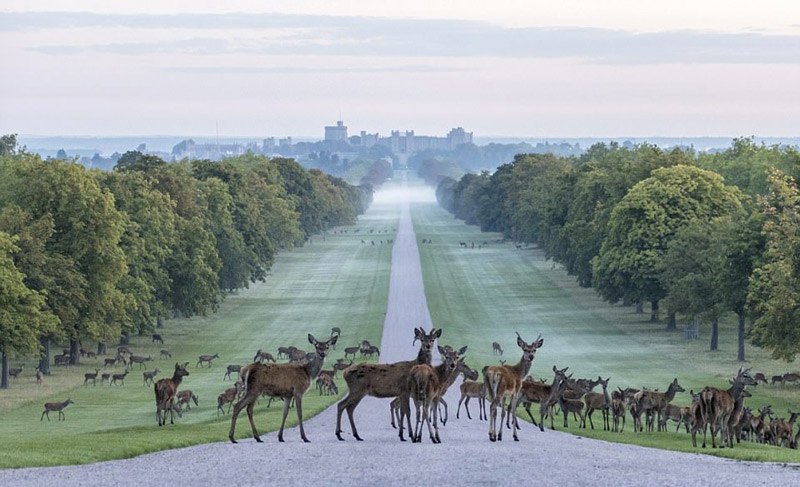
The Copper Horse
The Statue of the Copper Horse was commissioned by King George IV to commemorate his father, King George III. The statue was made between 1824-1830 and stands on Snow Hill from where perhaps the most magnificent view of the castle can be seen. In clear weather you can see Wembley Stadium, Heathrow Airport and the skyscrapers in London.
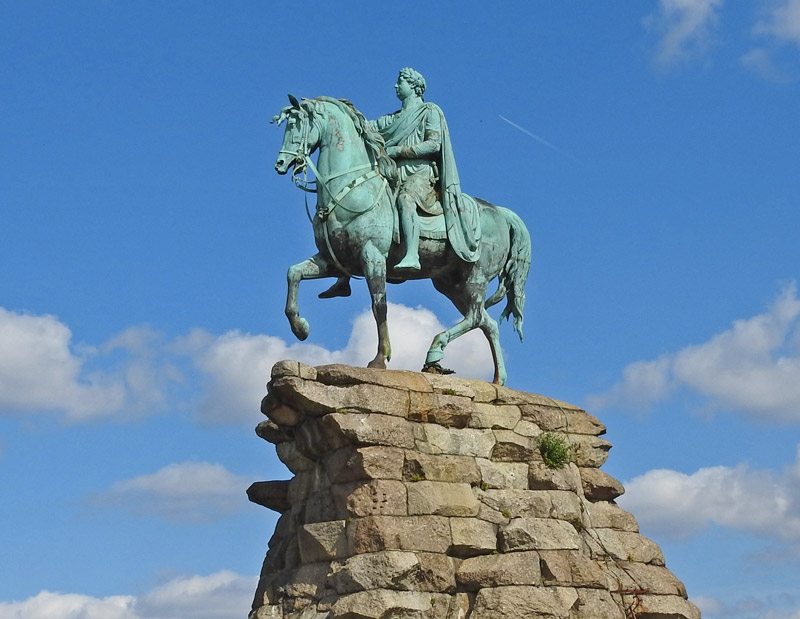
Frogmore Estate
Frogmore derives its name from the frogs which have always lived in this low-lying and marshy area. The estate belongs to the Royal Family since the 16th century. You would find the Victoria and Albert Mausoleum here where Queen Victoria and her beloved husband, Prince Albert are buried. The iconic green roof of the Mausoleum can be seen from the Long Walk.
Queen Victoria and Prince Albert had been planning to build a mausoleum for themselves on the grounds of the estate but it was not until 4 days after Albert died that Queen Victoria picked the location for the building. The mausoleum was built in 13th century Romanesque style and the interior decoration is in the style of Albert’s favourite painter, Raphael. Queen Victoria often came here.
West of Frogmore House is the Duchess of Kent’s Mausoleum to be found which was requested by the Duchess to be built in 1857. South of the mausoleum is the Royal Burial Ground which has been used since its inauguration in 1928. Most members of the royal family (The Duke and Duchess of Windsor, Princess Helena, Princess Victoria, the Duke of Kent and the Duke of Gloucester), except for Kings and Queens, have been interred here.
Frogmore House
The house was bought buy King George III for his wife, Queen Charlotte in 1792. Although the house was comfortable, it was rebuilt between 1795 and 1804. James Wyatt remodelled the house and its grounds and also added Frogmore Cottage. Garden pavilions, romantic follies were installed in the gardens where the Queen and her unmarried daughters could spend time drawing, making embroidery, reading and doing some gardening. After Queen Charlotte’s death in 1818 her daughter, Augusta Sophia lived there until 1840.
The house has not been inhabited since 1872, however it had some tenants from time to time. King George V allowed her cousin, the Russian princess Xenia Alendadrovna to stay there when she fled from Russia during the revolution.

Cumberland Lodge
Did you know that some internal and external scenes of the film the King’s Speech were filmed at Cumberland Lodge?
The house was built in 1650 and it was called Byfield House. After the Restoration, King Charles II made it the house the official residence of the Ranger of Windsor Great Park. It takes its current name from the Duke of Cumberland, second son of King George II, who became ranger in 1746. Queen Victoria’s daughter, Princess Helena and her husband, Prince Christian lived there at the end of the 19th century.
In 1936, the then Prime Minister, Stanley Baldwin, discussed the crisis over King Edward VIII’s desire to marry Wallis Simpson. The talks which led to King Edwards abdication of the crown a few weeks later took place at the Lodge.
King George VI gave the lodge to an educational foundation in the 1930s and the Queen Mother was patron of the organisation. On her way back from the Royal Chapel which is just around the corner, she would pop in and spend some time sitting in her favourite chair, meeting the residents.
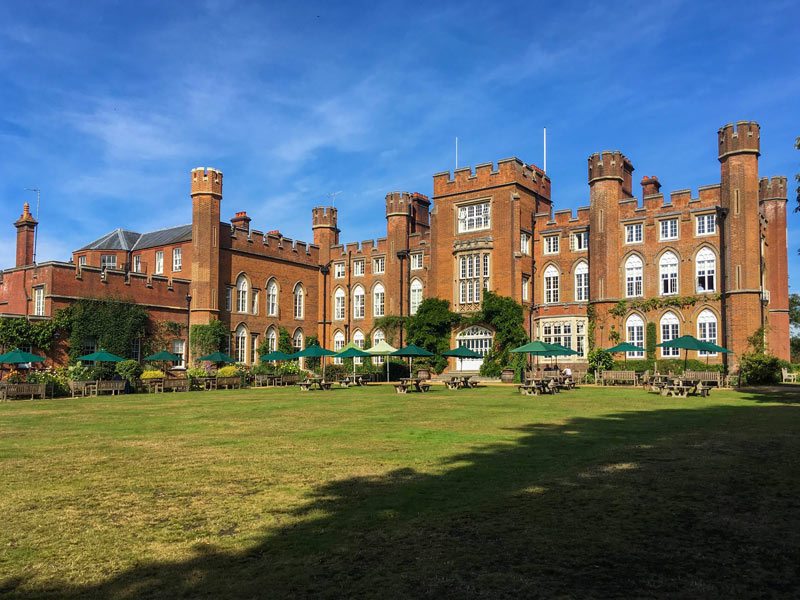
Cow’s Pond
Its name refers to times when the area was a marshy field and cattle would drink from the pond. The area was landscaped in the 1740s for the tenants of Cumberland Lodge who would enjoy a walk around the pond.
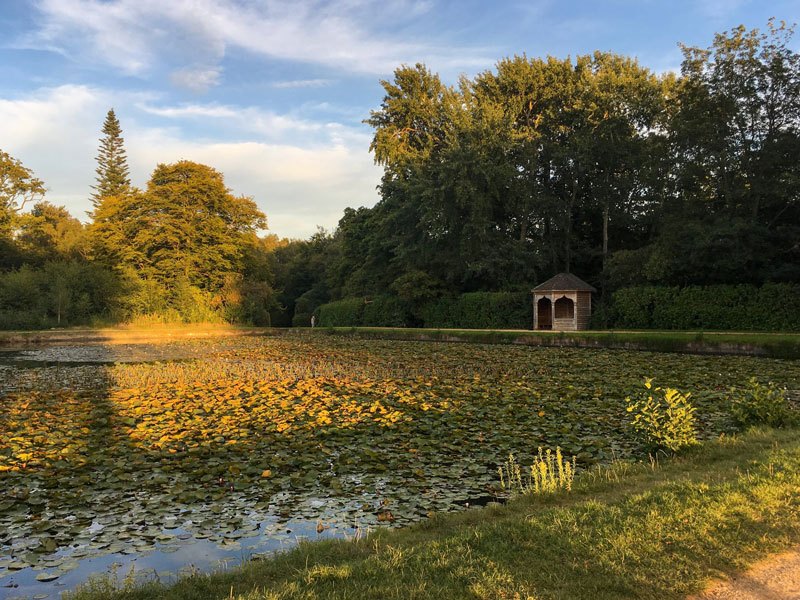
Royal Lodge
The Royal Lodge was the official residence of the Queen Mother from 1952 until her death in 2002. Two years later Prince Andrew moved in and it became his residence.
There was a red brick house standing there already in 1662 which was used by the adjacent Dairy farm. After its reconstruction in 1832 the building became known as King’s Cottage. Just like the Cumberland Lodge, the King’s Cottage also had a chapel. As the Royal Family grew, the chapel became too small, therefore the Royal Chapel was built in 1825 which is still used today by the members of the Royal Family. HM the Queen actually prefers attending Sunday Service here rather than at St George’s Chapel.
In 1931 the Duke and Duchess of York used the Royal Lodge as a countryside residence and had two wings built and a row of cottages. The Lodge has 30 rooms, 7 bedrooms and a huge ball room.

Savill Garden
The Savill Garden is a relatively new garden which was built by the deputy ranger of Windsor Great Park, Sir Eric Savill in 1932 with the support of King George V and Queen Mary. Due to the Second World War, the garden was finished in the 1950s. Savill used bricks of destroyed houses in the East End to build the walled garden. The Garden is famous for its rhododendrons and azaleas as well as for its main building. It has a gridshell construction, inspired by the strength and beauty of a seashell. It is 90m long and 25m wide and the single space has a self-supporting gridshell roof.
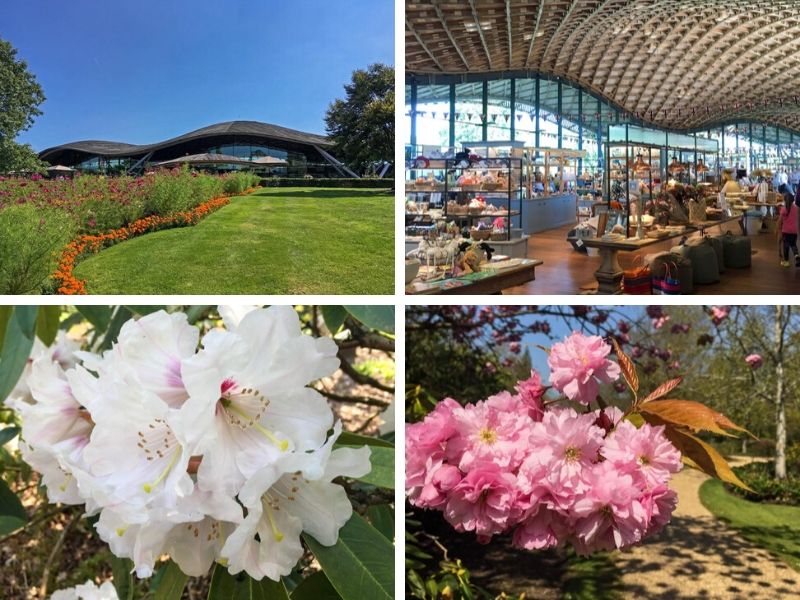
The Royal Landscape
The lakes, woodland and historical landscapes of the Savill garden and the Savill Building, the Valley gardens and Virginia Water are collectively known as the Royal Landscape.
Smiths Lawn
It is the largest area devoted to polo in Europe with 12 grounds. Both Prince Charles and the Duke of Edinburgh were skilled players, today Prince William and Harry also play. Smiths Lawn was used as an airfield in the Second World War. It would have provided a quick escape route for the monarch if it were required. Prince Albert’s statue is to be found here.
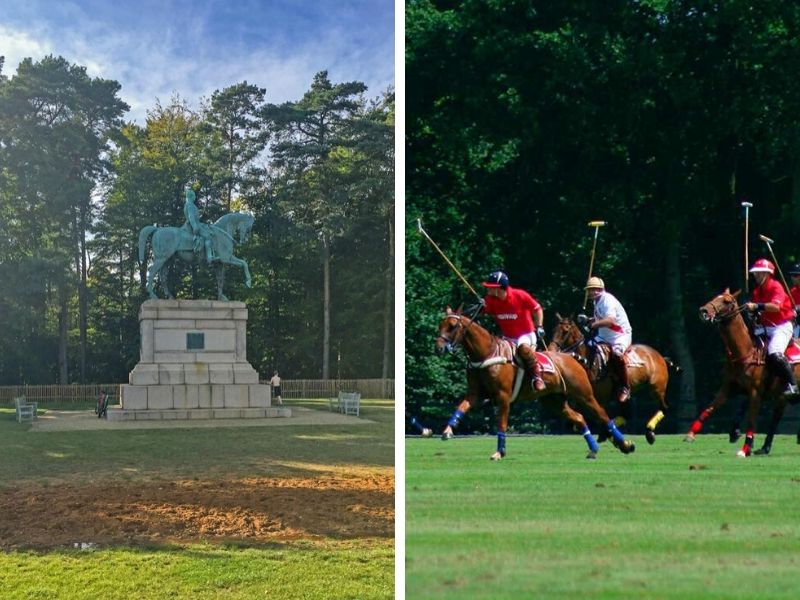
Totem Pole
The Totem Pole is 100 feet high and was erected in 1958. It was a gift to the Queen by native people of the northern part of Vancouver Island. It was carved from a 600 year-old Western Red Cedar tree. The pole has been repainted several times.
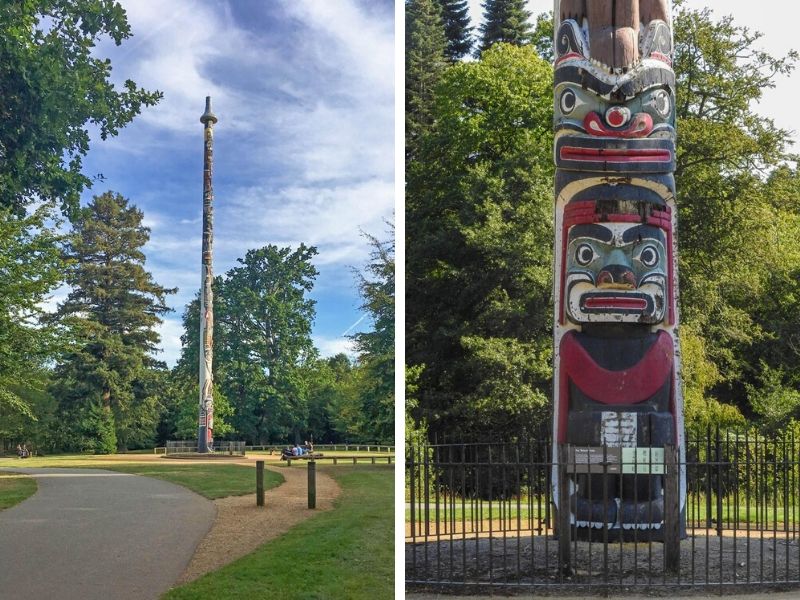
Cumberland Obelisk
The Cumberland Obelisk memorial can be found on Obelisk Lawn, and was erected in honour of the Duke of Cumberland, William Augustus – son of King George II. (See featured image.)
Virigina Water
Virginia Water is a man-made lake and was flooded in the 1750s. At the end of the lake are imported ruins which came from Leptis Magna near Tripoli. In 1816 the ruins were taken to England for the Prince Regent (later King George IV) but due to transport difficulties the ruins arrived in Windsor 10 years later.
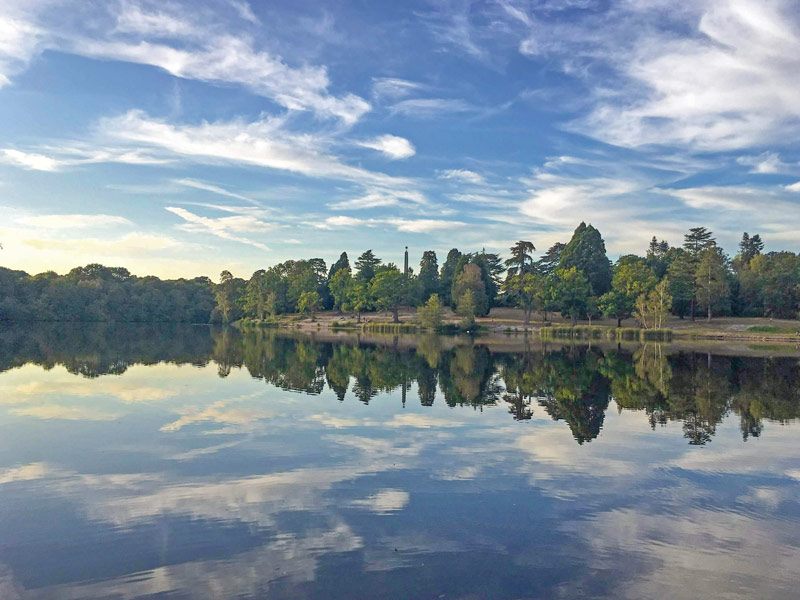
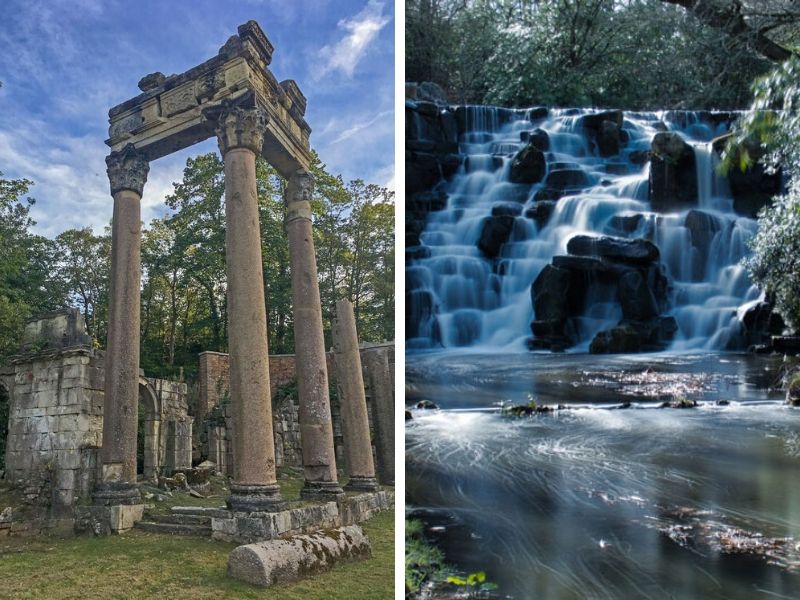
The Valley Gardens
This is a flowering forest and has many exotic plants. There is a memorial, the Plunkett Memorial here, which was erected in 1975 to mark the passing of Lord Patrick Plunkett. The Baron was the former equerry to King George VI and worked in different roles in the royal household.
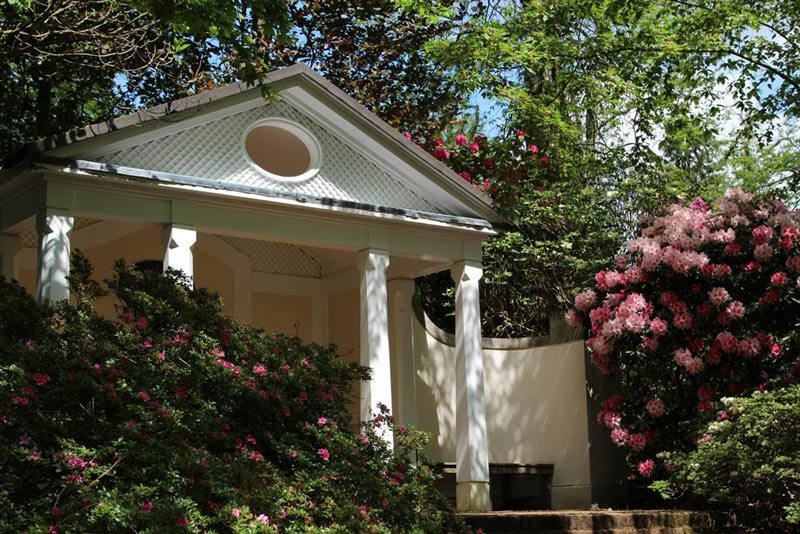
Cranbourne Tower
It was originally part of Cranbourne Lodge built in the reign of Charles II.
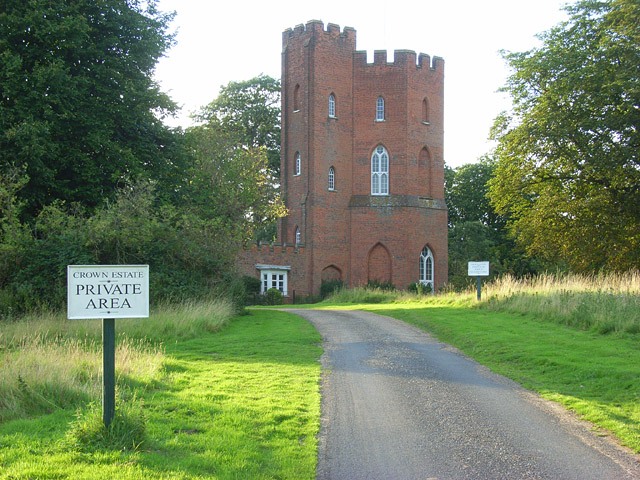
Great Park Village
GPV is only accessible on foot, by bike or by bus. The village was built in the 1930s to house Royal Estate workers. It even has a small Post Office. In the first BBC documentary about the Royal Family the Queen was shown to buy Prince Charles and Princess Anne an ice cream from the village shop.
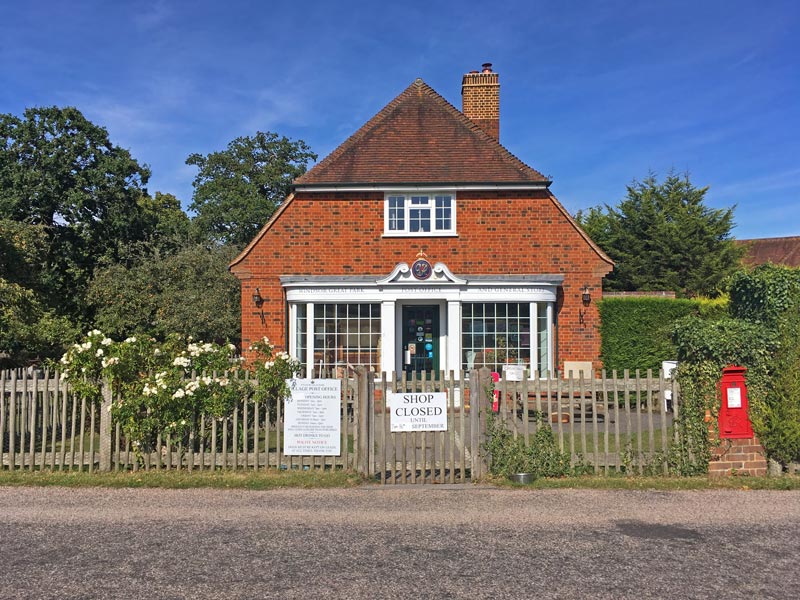
Queen Anne’s Ride
Runs south-west towards Ascot and dates from 1708, it is 3 miles in length.
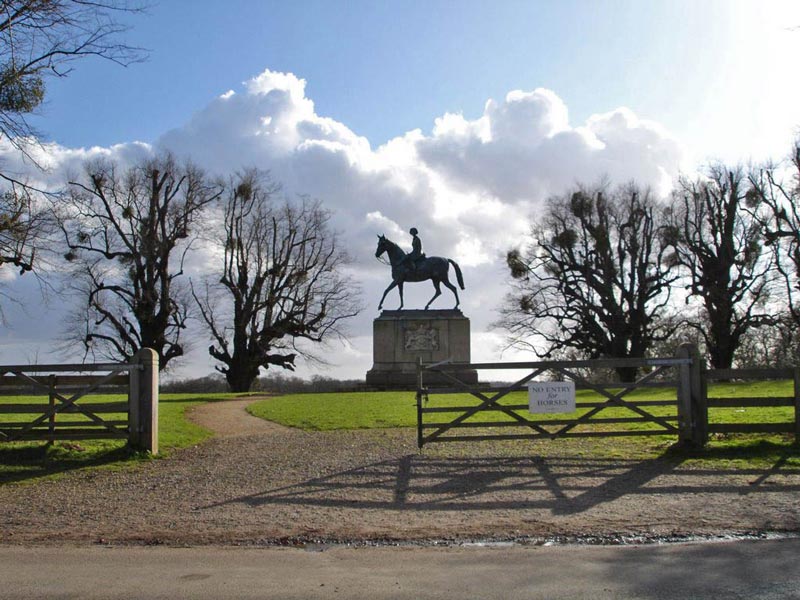
Fort Belvedere
Fort Belvedere was built around 1750 but was not converted into a residence until 1911. Located on Shrubs Hill, it was called Shrubs Hill Tower. It was built in Gothic revival style in the 1820s. From 1929 the fort was home of Edward, prince of Wales, who greatly renovated the house and grounds and used it for entertaining. It was here that he conducted much of his romance with Wallis Simpson. It is now a private residence and not open to the public. Owned and lived in by Canadian businessman, Galen Weston.
Edward’s abdication proclamation was signed here and his abdication speech was broadcast from Windsor.
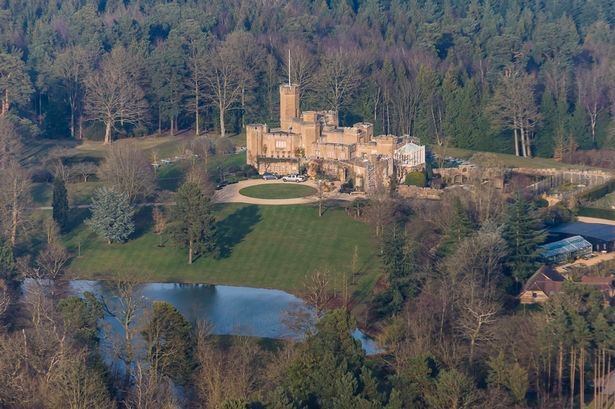

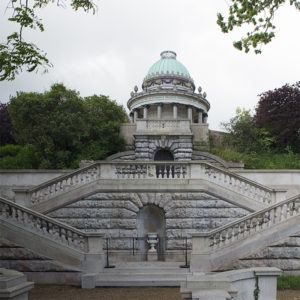
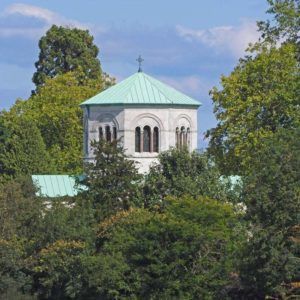
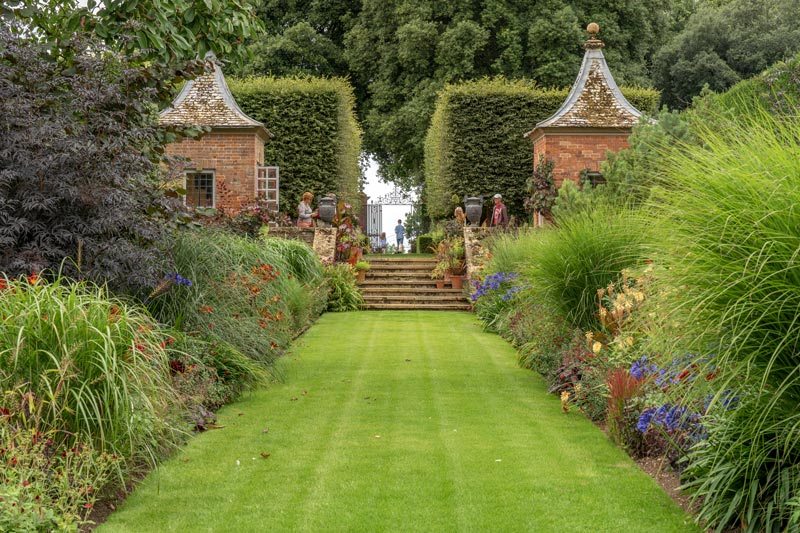
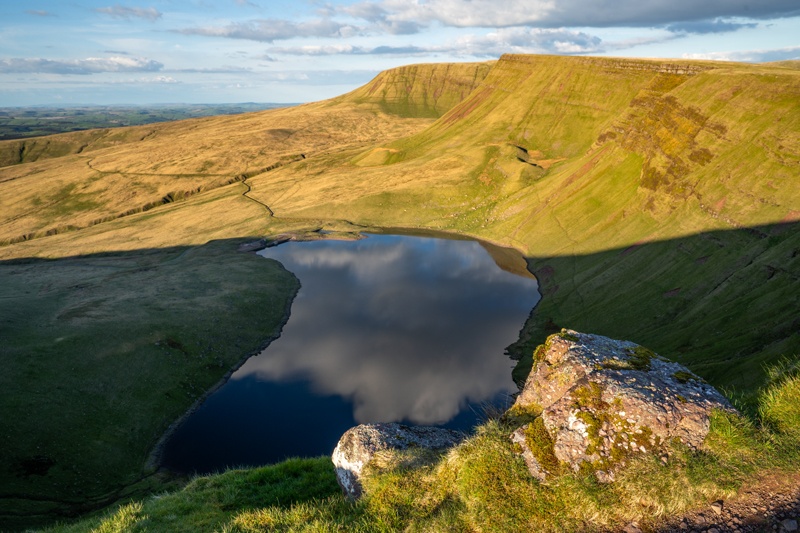

Very well explained and helpful . . . Thank you.
Thank you, Karen. I’m glad you found it helpful.